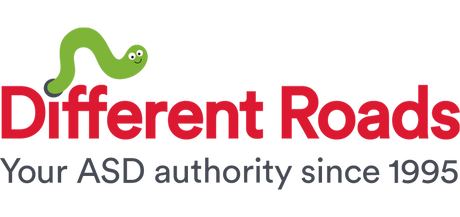Today I’m going to clarify the difference between a prompt vs a cue in the context of speech therapy. Before we dive in, let’s define:
A prompt is extra support that is added in the form of hints or reminders for a person to achieve success in a skill (Mayer, Sulzer-Azaroff & Wallace, 2012). Usually, the prompt being added does not look like anything relating to the skill.
A cue is something in the environment relating to the skill that naturally reminds the person to do the skill (Bondy, 2017)
For example, if you were to guide your child’s hand to turn on the light, your hand-over-hand support has nothing to do with turning on the light. This is a prompt because you are adding support to teach your child a new skill. However, what if your child entered a dark room and turned on the light? In this case, the darkness of the room is considered your child’s cue to turn on the light.
Prompts are used to teach a new skill like washing your hands, eating with a fork, and doing laundry. As mentioned earlier, these are supports added to help the person learn, but the supports do not relate to the skill. Here are some example prompt types:
Gesture - simple gestures like pointing to the next step (e.g. pointing to the light switch or tapping the light switch)
Model - showing/demonstrating how to complete the task for the learner to imitate (e.g. you turning the light on and then back off for the learner to imitate)
Physical - guiding the learner to do the task through touch (e.g. hand-over-hand to flip on the light switch)
Visual - picture or written instructions (e.g. a picture of a person flipping the light switch)
Verbal - saying the instructions (e.g. “turn on the light”)
These prompts are used initially to teach a skill and then faded so the learner can do the task by themselves without prompts.
Cues are the end goal when fading prompts, so when the learner naturally sees the cue, they will complete the skill they’ve already learned. Think about things you do in everyday life. Cues like hand soap will remind you to wash your hands, or your plate will remind you to grab a fork. Cues will also vary depending on the person and situation. Let me guide you through another cue example:
- What are some cues for you to do laundry?
- Full laundry hamper
- Want to wear a favorite shirt that’s dirty
- Ran out of underwear
- Traveling soon and need to pack
I’m sure the list can go on and on, but notice there are several cues that will tell you to do laundry. All the cues also relate to the skill (doing laundry).

